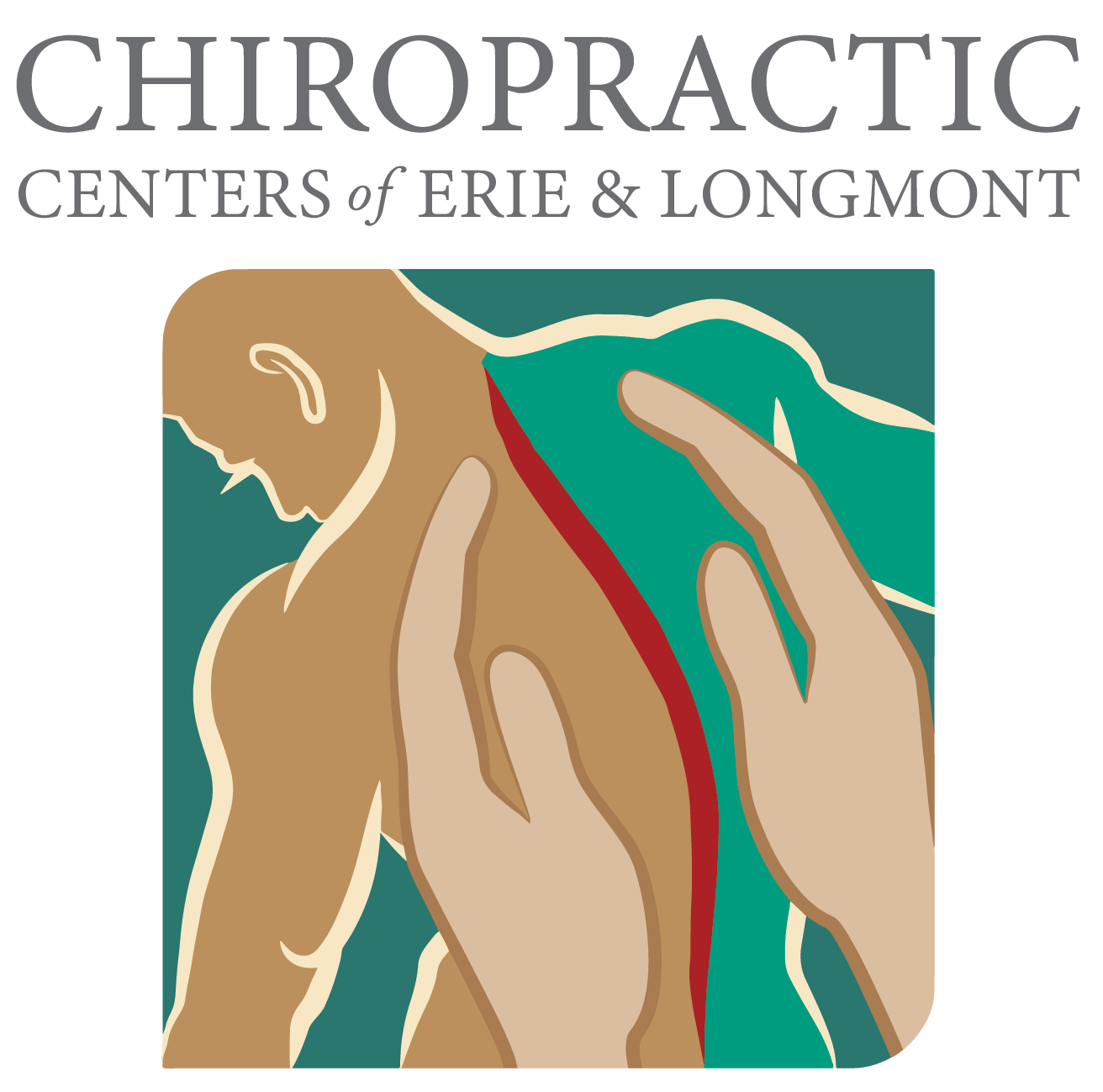Chiropractic Treatment for Sciatica: Natural Relief for Back Pain
Struggling with the crippling pain of sciatica and seeking a natural, non-invasive solution? Then you’ve come to the right place. In an era over-saturated with quick fixes and synthetic drugs, chiropractic care stands out as a drug-free, effective alternative for lasting relief from sciatic pain. This blog post will delve into how chiropractic treatment offers tangible benefits for those dealing with this debilitating condition, aiming to restore not just function, but overall well-being too. Buckle up and get ready to embark on your journey towards improved spinal health and pain-free living!
Yes, chiropractic treatment can provide relief for many people suffering from sciatica. Chiropractors use spinal adjustments and other techniques to realign the spine and joints, helping to alleviate pressure on the sciatic nerve and reduce inflammation. Additionally, chiropractors may recommend exercises and lifestyle changes to help prevent future episodes of sciatica. However, individual results may vary, and it’s important to consult with a chiropractic professional to determine if chiropractic treatment is right for you.
Understanding Sciatica
When it comes to understanding sciatica, it is crucial to grasp the basics of this common condition that affects millions of people worldwide. Sciatica refers to pain that radiates along the path of the sciatic nerve, which runs from the lower back through the hips and buttocks down each leg. This discomfort can be quite debilitating, causing sharp or shooting pain, numbness, and even muscle weakness in the affected leg.
To better visualize how sciatica feels, imagine a scenario where you’re walking along a narrow pathway with rocks on either side. Suddenly, you step on one of those rocks, and a jolt of pain shoots up your leg, making it difficult to continue walking smoothly. This is similar to what happens when the sciatic nerve gets irritated or compressed.
The most common cause of sciatica is a herniated disc in the lumbar spine. Other potential causes include spinal stenosis (narrowing of the spinal canal), degenerative disc disease, spondylolisthesis (a condition where one vertebra slips forward onto another), or even muscle spasms in the buttocks or lower back.
It’s essential to note that while sciatica typically affects one side of the body, it is possible for both sides to be affected simultaneously. Additionally, the severity of symptoms and pain can vary widely depending on the individual and the underlying cause.
By gaining a comprehensive understanding of sciatica, individuals can take informed steps toward finding natural relief for their back pain and improving their quality of life.
Symptoms and Causes
Sciatica manifests through various symptoms that can significantly impact an individual’s daily activities. The most notable symptom is radiating pain that originates in the lower back or buttocks area and travels down the leg. This pain can range from mild to excruciating, and its intensity may fluctuate throughout the day.
In addition to pain, individuals with sciatica may also experience numbness or tingling sensations in the affected leg or all the way to the foot. This sensation is often described as pins and needles or a feeling of electrical shocks. Muscle weakness can also occur, making it challenging to support weight on the affected leg.
While a herniated disc is the most common cause of sciatica, there are several other factors that can contribute to its development. These include spinal conditions such as spinal stenosis, where the spinal canal narrows and puts pressure on the nerves, or degenerative disc disease where the discs between the vertebrae wear down over time.
Other causes of sciatica can stem from trauma or injury to the lower back, such as a car accident or a fall. In some cases, prolonged sitting or standing in one position can aggravate the condition, especially if poor posture is involved.
It’s important to note that each individual’s experience with sciatica may differ, and it is essential to seek professional diagnosis and treatment for an accurate assessment of symptoms and underlying causes.
Role of Chiropractic Care in Sciatica Management
Sciatica, characterized by pain that radiates along the sciatic nerve from the lower back down to the leg, can be a debilitating condition. While there are various treatment options available, chiropractic care has emerged as a natural and very effective method for managing sciatica. The primary goal of chiropractic treatment is to address the underlying causes of sciatic pain and promote overall spinal health.
Chiropractors take a holistic approach when treating sciatica, considering not only the symptoms but also the patient’s health history, lifestyle habits, and other medical conditions. By conducting a comprehensive examination, which may include X-rays or diagnostic imaging, chiropractors can identify the cause which may be disc-related, or many times there are misalignments or subluxations in the spine that could be contributing to the compression or irritation of the sciatic nerve.
Through manual adjustments and manipulations, chiropractors aim to realign the spine and joints, relieving pressure on the affected nerves and improving overall nerve function. This process often involves gentle stretches and targeted movements that help restore proper alignment and alleviate discomfort. Contrary to popular belief, the “crack” sounds heard during adjustments are not actually joints clicking together but rather gas bubbles being released from joint spaces.
In addition to spinal adjustments, chiropractors may perform or recommend complementary therapies such as massage therapy, therapy exercises, or electrical stimulation to further facilitate pain relief and healing. These therapies work synergistically with chiropractic adjustments to reduce inflammation, increase blood flow to the affected area, relax tight muscles, and improve overall mobility.
Now that we understand the role of chiropractic care in managing sciatica, let’s explore its advantages and effectiveness.
Advantages and Effectiveness
Chiropractic care offers several advantages when it comes to addressing sciatic pain. One significant advantage is that it is a non-invasive and drug-free approach. Unlike medications or invasive procedures, chiropractic treatment focuses on the body’s natural healing abilities and aims to address the root cause of the problem rather than just suppressing symptoms.
Research studies have shown promising results regarding the effectiveness of chiropractic care in relieving sciatica pain. While individual experiences may vary, many patients report significant improvements with chiropractic therapy, including reduced pain intensity, increased mobility, and enhanced overall quality of life.
Chiropractic treatment can also be particularly beneficial for individuals who have not found relief from other traditional interventions such as physical therapy, massage therapy, or medication. It offers a unique approach that emphasizes spinal realignment and nerve function, helping to alleviate the underlying causes of sciatic pain.
Having explored the advantages and effectiveness of chiropractic care, we can now move on to examine how exercise plays a crucial role in a comprehensive treatment approach for sciatica.
Exercise, Stretch and Chiropractic: A Comprehensive Treatment Approach
When it comes to finding relief for back pain, a comprehensive treatment approach that combines exercise and chiropractic care can be highly effective. Stretches and exercise play a crucial role in maintaining overall spinal health and flexibility, while chiropractic treatments focus on aligning the spine and restoring proper function to the musculoskeletal system. By combining these two approaches, patients can experience natural and long-lasting relief from sciatica and other forms of back pain.
Regular exercise helps strengthen the muscles surrounding the spine, providing better support and reducing strain on the affected area. Engaging in low-impact exercises such as walking, swimming, or yoga can help improve flexibility, promote healing, and prevent future flare-ups. Strengthening exercises targeted at the core muscles can also provide stability to the spine, alleviating pressure on the sciatic nerve.
Chiropractors may also provide specific recommendations for stretches and exercises that target the affected area directly. These exercises not only improve the range of motion but also help elongate tight muscles and reduce inflammation around the sciatic nerve. Additionally, chiropractic adjustments ensure that the joints are properly aligned, allowing for optimal movement and function.
By coupling chiropractic treatments with exercise routines tailored to individual needs, patients can experience a synergistic effect that promotes faster healing and long-term relief from sciatica pain.
Now that we have explored the importance of exercise in conjunction with chiropractic care, let’s delve into the different techniques employed within chiropractic treatments and the benefits they offer.
Different Techniques and Their Benefits
Chiropractors utilize a range of techniques to address sciatica and back pain. The choice of technique depends on the specific needs and conditions of each patient. Some commonly used chiropractic techniques include:
- Spinal adjustments: These manual manipulations involve applying controlled force to the affected areas of the spine, helping to realign vertebrae, reduce nerve irritation, and restore normal function. This can provide significant relief for those experiencing sciatica caused by spinal misalignments or disc herniation.
- Soft tissue therapy: Chiropractors may use various soft tissue manipulation techniques such as massage, myofascial release, or trigger point therapy to alleviate muscle tension, increase blood flow, and promote healing in the affected area. This can be particularly beneficial for individuals with tense or knotted muscles contributing to their back pain.
- Decompression therapy: This technique involves using specialized equipment like spinal decompression tables or traction devices to gently stretch the spine and create space between vertebral discs. By reducing pressure on compressed nerves, decompression therapy can effectively alleviate sciatic pain caused by herniated discs.
Each technique offers its own unique benefits and may be combined to create a personalized treatment plan tailored to an individual’s needs. It is essential for patients to consult with their chiropractor to determine which techniques are most suitable for their specific conditions and concerns.
By considering an individual’s unique situation, chiropractors can utilize different techniques to address both the symptoms and underlying causes of sciatica, providing patients with a comprehensive and holistic approach to pain relief and healing.
Contact a Chiropractor Today!
If you’re interested in getting a chiropractic adjustment or Dry Needling, visit us at one of our offices in Erie or Longmont. The Chiropractic Center of Erie and Chiropractic Center of Longmont treat the body holistically with our award-winning treatment process which can include Dry Needling when requested. Please consider our complete plan that not only treats the misalignments but pays attention to the nerves and muscles to promote your correction and the best life ahead. If you have been to multiple chiropractors, you happen to be our favorites because you will know how our care stands apart. We have been voted “Best of the West” eleven times and we aim to help your body achieve and maintain optimal performance.
We specialize in treating patients suffering from spinal pain and many other maladies and have helped several patients find relief without the need for surgery. If you’d like to learn more about chiropractic care in Longmont or Erie or have questions about what to expect during your first chiropractor visit in Erie or Longmont, call our offices today at 303-828-3000 or 303-772-1950!







